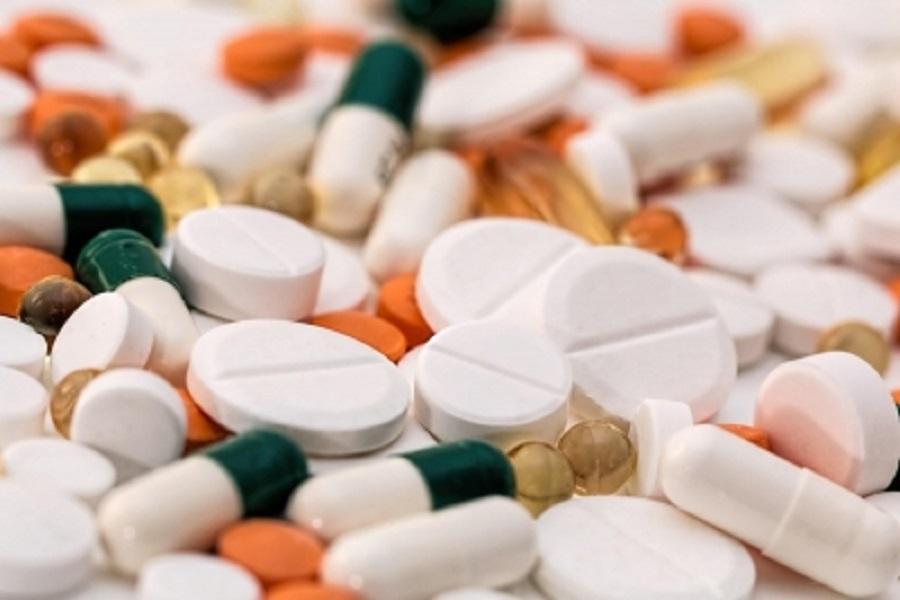
Electronics & Pharma Secure 70% of FY25 PLI Funds: Govt Data
The Production Linked Incentive (PLI) scheme, launched by the Indian government in 2021, has been instrumental in boosting domestic manufacturing in the country. The scheme was initially rolled out for 14 key sectors, and the latest data released by the government reveals that the electronics and pharma sectors have emerged as the top beneficiaries, receiving nearly 70% of the total funds disbursed under the scheme in FY25.
According to the official data, the electronics sector received ₹5,732 crore, while the pharma sector got ₹2,328 crore. This means that these two sectors collectively received ₹8,060 crore, which is approximately 70% of the total ₹10,114 crore disbursed under the PLI scheme.
The PLI scheme was launched with the aim of encouraging domestic manufacturing and reducing the country’s dependence on imports. The scheme offers incentives to companies that manufacture goods in India, with the aim of increasing the country’s manufacturing capacity and exports.
The electronics sector has been a major beneficiary of the PLI scheme, with companies such as Foxconn, Wistron, and Flex receiving significant funds under the scheme. The sector has seen significant growth in recent years, with exports of electronics goods increasing by over 20% in FY25.
The pharma sector has also seen significant growth, with exports of pharmaceutical products increasing by over 15% in FY25. The PLI scheme has provided a boost to the sector, with companies such as Dr. Reddy’s Laboratories, Lupin, and Sun Pharma receiving funds under the scheme.
Other sectors that have received significant funds under the PLI scheme include the automotive sector, which received ₹934 crore, the textiles sector, which received ₹641 crore, and the food processing sector, which received ₹541 crore.
The PLI scheme has been instrumental in boosting domestic manufacturing in India, and the data released by the government suggests that it has been successful in achieving its objectives. The scheme has provided a boost to various sectors, including electronics, pharma, automotive, textiles, and food processing, among others.
The success of the PLI scheme can be attributed to its well-designed structure, which offers incentives to companies that manufacture goods in India. The scheme has also been successful in attracting foreign investment, with many international companies setting up manufacturing facilities in India under the scheme.
The PLI scheme has also helped in increasing the country’s exports, with exports of goods manufactured under the scheme increasing by over 20% in FY25. This has helped in reducing the country’s trade deficit, which has been a major concern for the Indian government.
In conclusion, the PLI scheme has been a major success, with the electronics and pharma sectors emerging as the top beneficiaries. The scheme has provided a boost to domestic manufacturing, increased exports, and attracted foreign investment. The government’s decision to launch the PLI scheme has been instrumental in boosting India’s manufacturing sector, and it is likely to continue to play a significant role in the country’s economic growth in the years to come.
Source:





